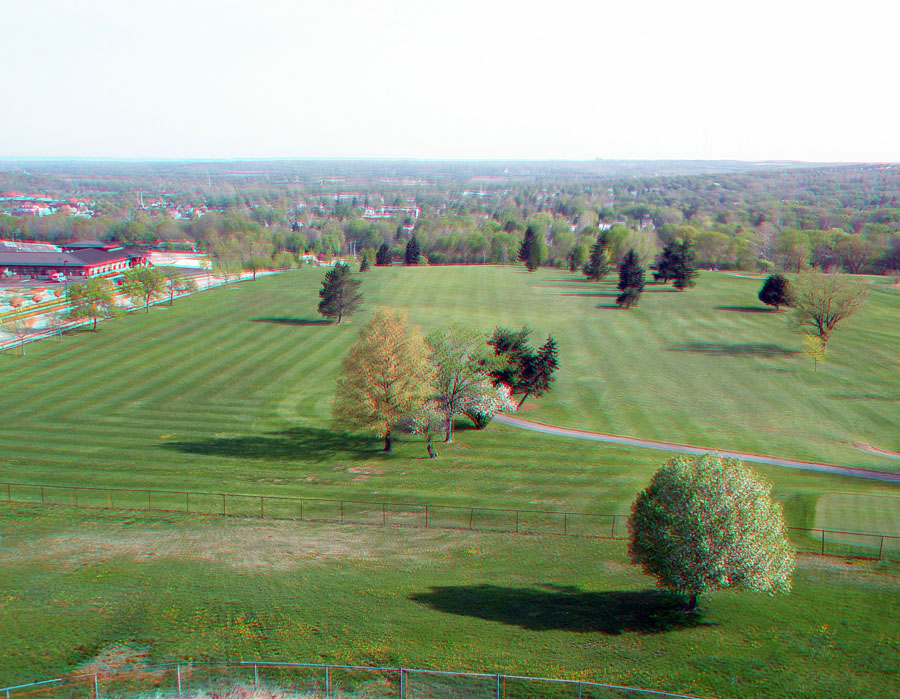
In 1902, archaeologist William C. Mills (with the Ohio Historical Society) used the term Adena to described the prehistoric culture associated with the Miamisburg Mound site. The term Adena has been loosely used with other names: Archaic Inidians, Mound Builders, Hopewell, Woodlands culture. Archaeological investigations are gradually resolving some of what is known about the local and regional cultural traditions and times associated the prehistoric peoples of the Ohio region.
There are many Indian mounds and earthworks sites in Ohio (see a map). It seems logical that there was interchange with different communities across the region. The Adena people lived in permanent settlements and among the first to grow crops of squash, sunflower, and pumpkins. The also were the first to make pottery. They also made baskets and a variety of tools from bone and flint. They made spear point of white and pink varieties of flint. They made clay pipes in animal and human forms for smoking, and wore apparel (including rings, necklaces, and bracelets) made of slate, shell, and copper, materials that had been traded from distance sources. It is unclear where these early ancestral peoples of the Ohio came from to move into the region around 1000 B.C. There settlements, burial grounds, and ceremonial sites grew larger and more complex over time − a reflection of the culture's elaborate social, religions, and government systems. It is also unclear as to why the mound and earthwork construction ended about 400 A.D.